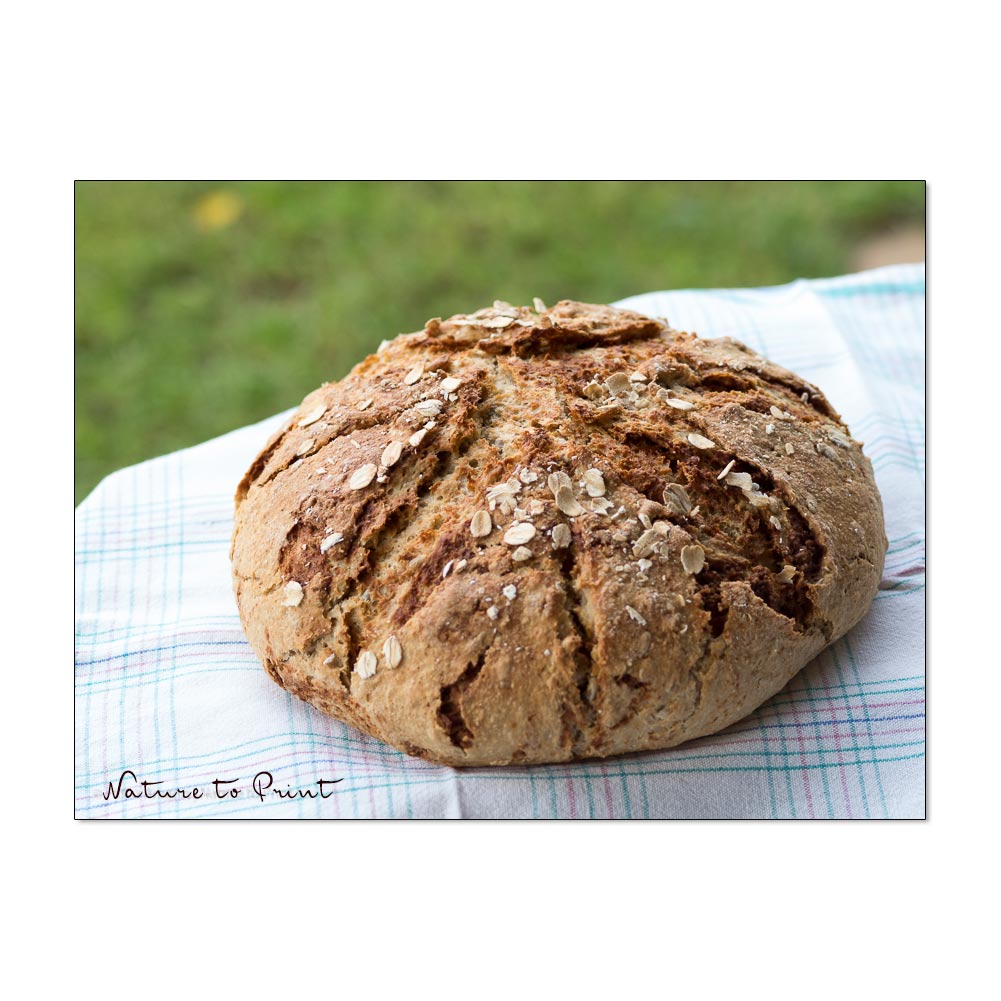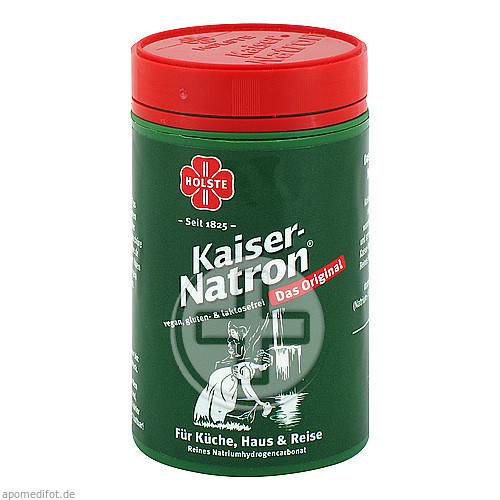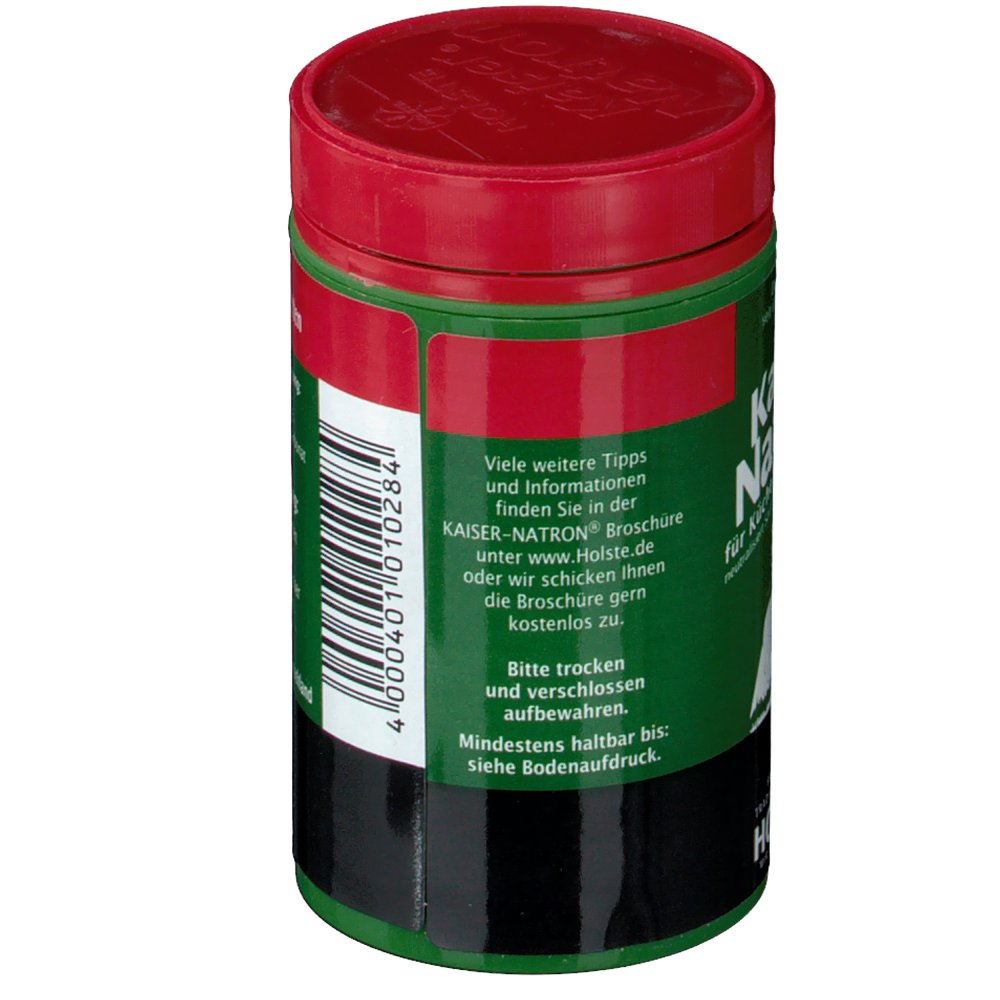
Rebekka studies English in combination with biology and Vanessa studies English in combination with chemistry. We, Rebekka Vogt and Vanessa Wecker ( Team VIII), are enrolled in this Bilingual Teaching program. There are no specifications where to go, but the chosen country or project has to be connected to one of the two offered target languages at the PH Karlsruhe: English or French. “ Natron deposits, Trou au Natron, Chad” By Alexios Niarchos – Own work (CC BY-SA 4.0) via Commons WikimediaĢ.For a Bachelor’s degree in Bilingual Teaching 2 at the PH Karlsruhe, a stay abroad of 20 weeks is required. “ 22 Benefits and Uses of Baking Soda.” Healthline, Healthline Media, 18 Nov. Natron is useful to dry and preserve fish, as an ancient household insecticide, to make leather, as a bleach for cloths, during mummification to absorb water and to behave as a drying agent, etc., while baking soda is useful as a component in mouthwash, teeth whitener, deodorant, air freshener, kitchen cleaner, as a food additive, etc. The key difference between natron and baking soda is that natron is a mixture of sodium carbonate decahydrate and sodium bicarbonate, whereas baking soda is sodium bicarbonate. Natron and baking soda are important chemical compounds. The below infographic presents the differences between natron and baking soda in tabular form for side-by-side comparison. Natron and baking soda are important types of chemical compounds having many uses in the household. What is the Difference Between Natron and Baking Soda? Further heating can give the oxide compound as well. However, this conversion becomes fast at a higher temperature. Further, this compound can react with acetic acid found in vinegar to give sodium acetate, water, and carbon dioxide.įurthermore, sodium bicarbonate or baking soda can undergo gradual decomposition at high temperatures to form sodium carbonate, water, and carbon dioxide.

We can also use it as a wash to remove any acidic impurities from crude liquid, which gives a more pure sample comparatively. Often, we can use this compound as a safer alternative for sodium hydroxide. The applications of baking soda include cooking purposes as a leavening agent, as pest control to kill cockroaches, as a chemical that can raise the alkalinity of water sources, as a mild disinfectant, and as a chemical for the nebulization of acids and bases.īaking soda is an amphoteric compound, and its aqueous solutions are alkaline (mildly) because of the formation of carbonic acid and hydroxide ions. The naturally occurring form of this compound is “nahcolite.” Moreover, it is a salt containing sodium cations and bicarbonate anions. It has the chemical formula NaHCO 3, and its molar mass is 84 g/mol. It is an inorganic solid that appears as white crystals. What is Baking Soda?īaking soda is sodium bicarbonate. It can crystallize into a monoclinic-comatic crystal system to form efflorescence and encrustations. The specific gravity of this compound can range from 1.42 to 1.47, and the Mohs hardness of this mineral is 1. This is because sodium carbonate decahydrate is the major component of natron. The term natron can be defined as the mineralogical name for sodium carbonate decahydrate. It has detergent properties that are now commercially supplied by soda ash. However, these many uses were gradually replaced by closely related sodium compounds and other minerals. In the past, undiluted natron was used as a cleanser for teeth and as a mouthwash. Moreover, this compound can soften water while removing oil and grease.

It has been used for thousands of years as a cleaning agent for households as well as for the body. Historically, natron was obtained directly as a salt mixture from dry lake beds that were found in ancient Egypt. Sometimes, natron deposits can be found in saline lake beds, which arise in arid environments. But it turns yellow or grey with impurities. This is a white to colorless compound in its pure form.

Natron has around 17% of sodium bicarbonate. Sodium carbonate decahydrate has the chemical formula Na 2CO 3.

Natron is a mixture of sodium carbonate decahydrate and sodium bicarbonate. Summary – Natron vs Baking Soda What is Natron? Natron and baking soda are closely related chemical compounds because both these compounds are sodium-containing compounds that are useful for their mineralogical importance.


 0 kommentar(er)
0 kommentar(er)
